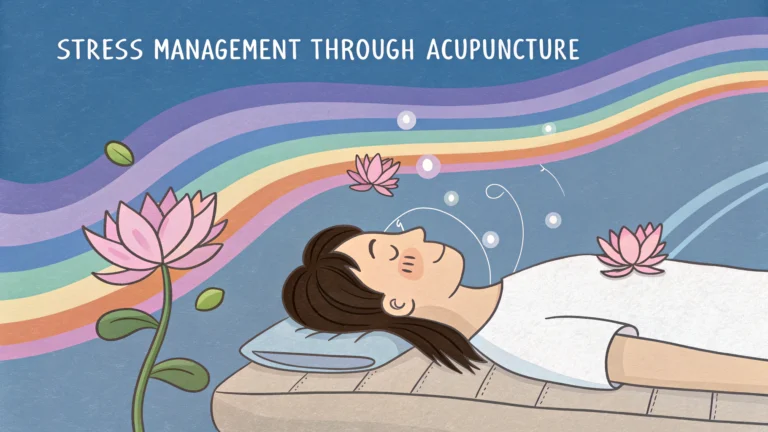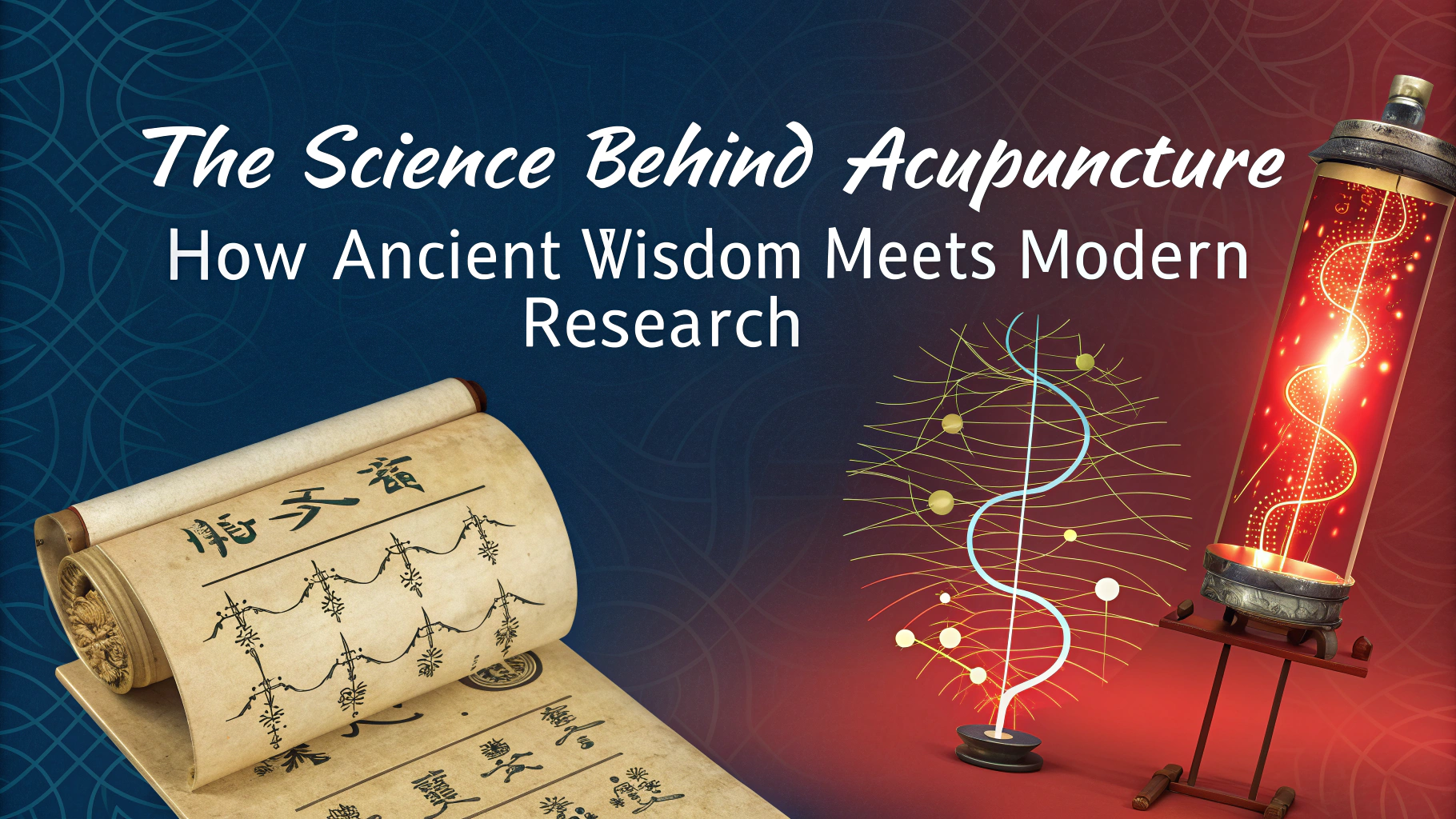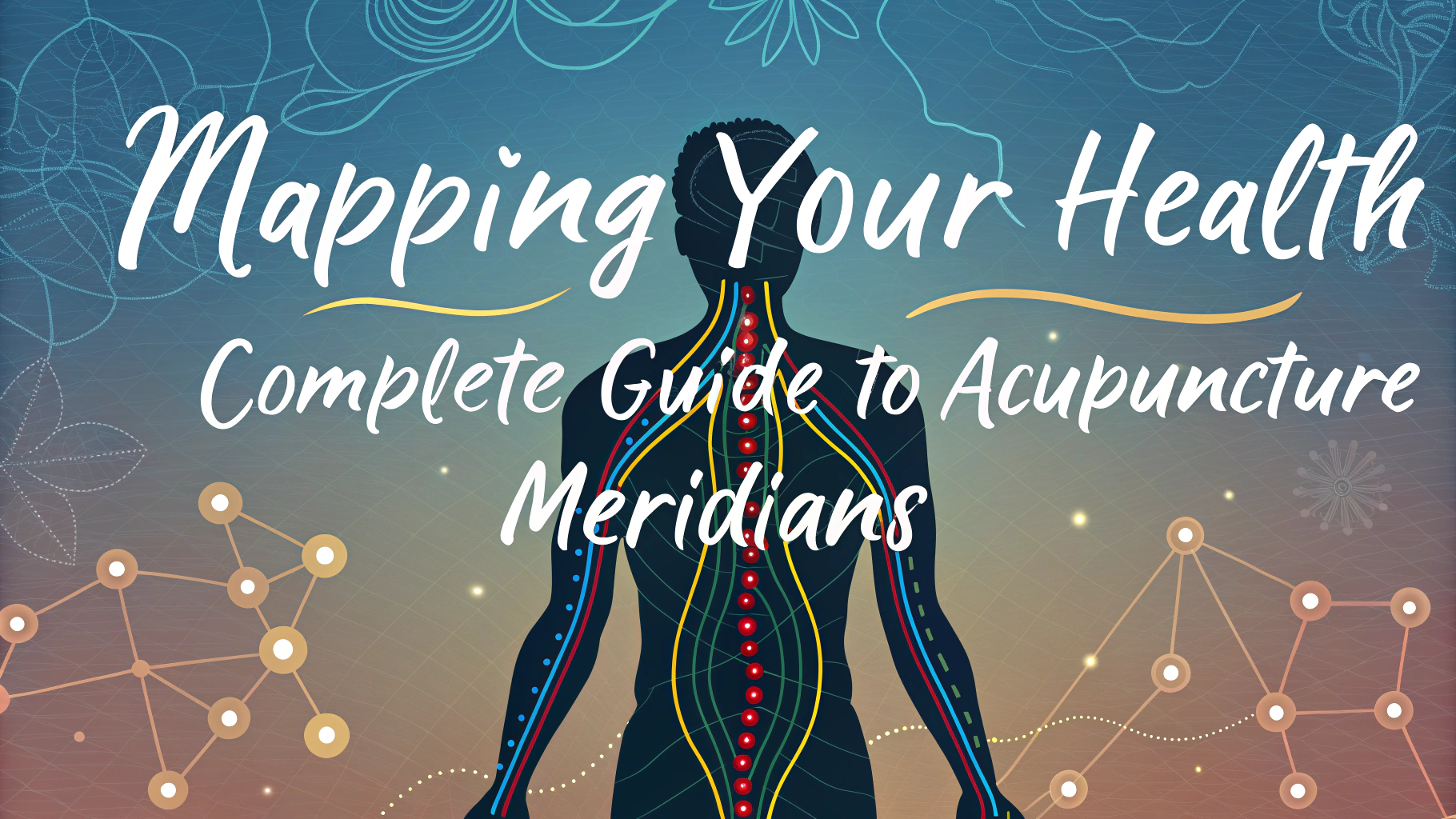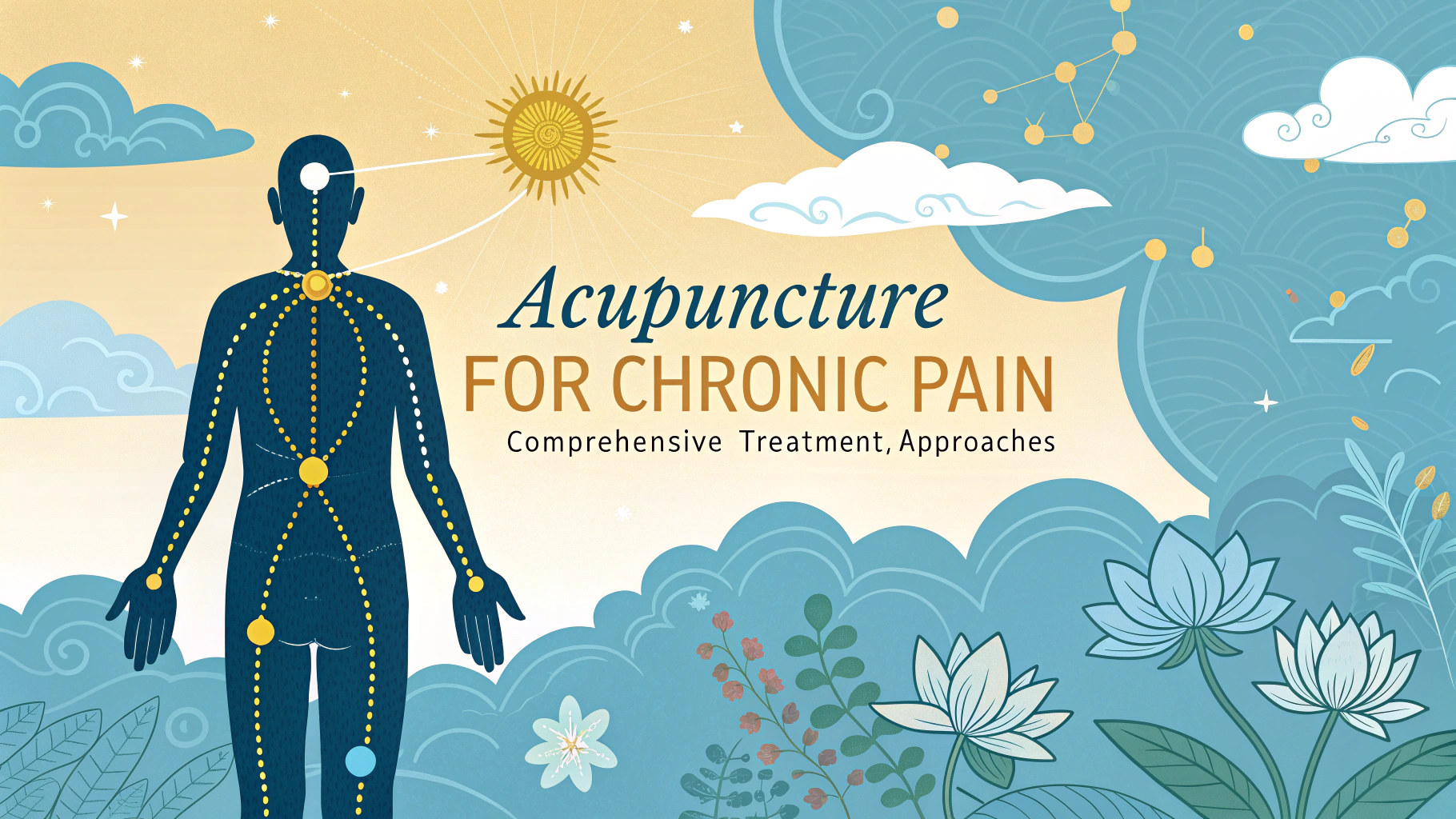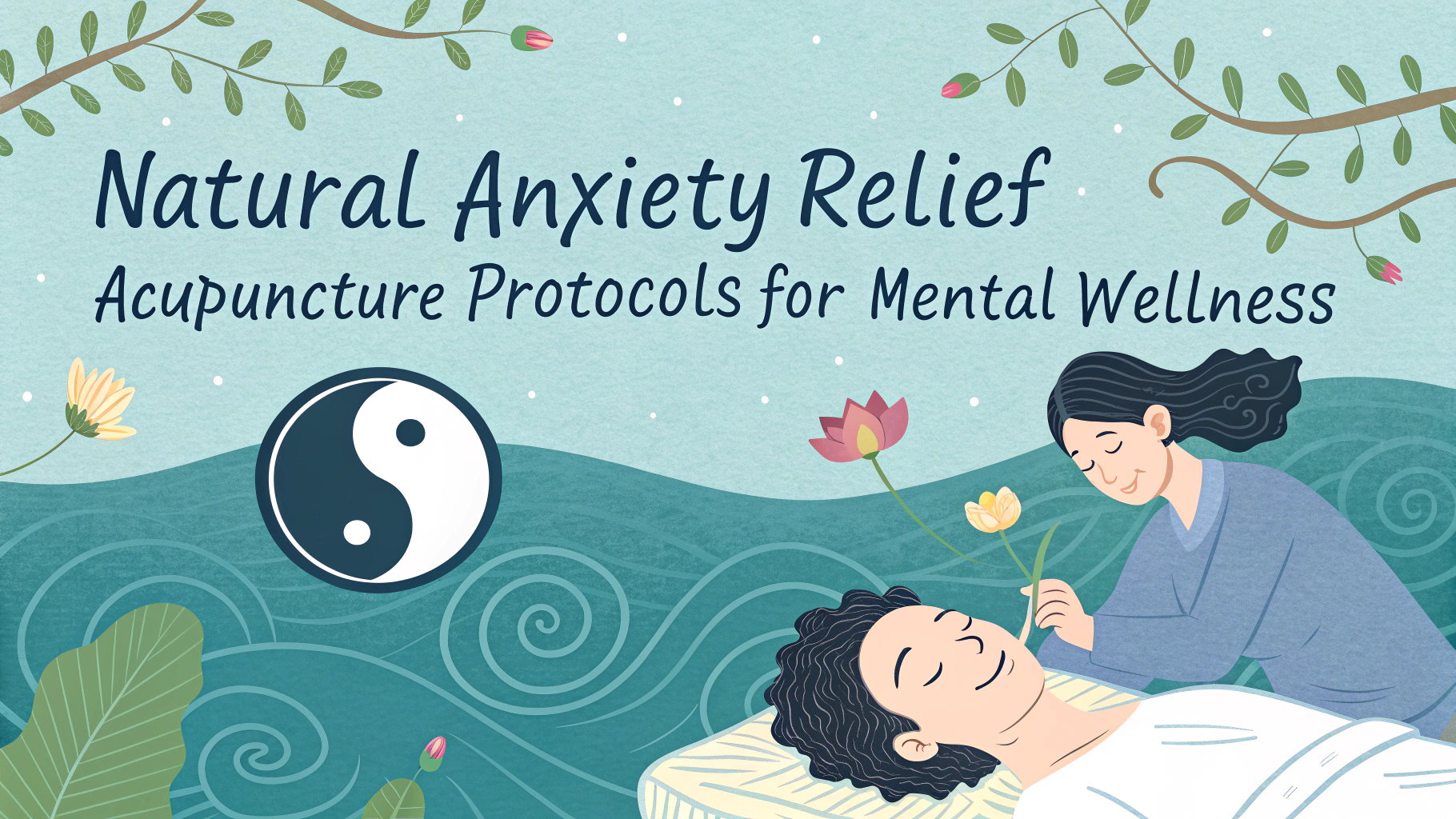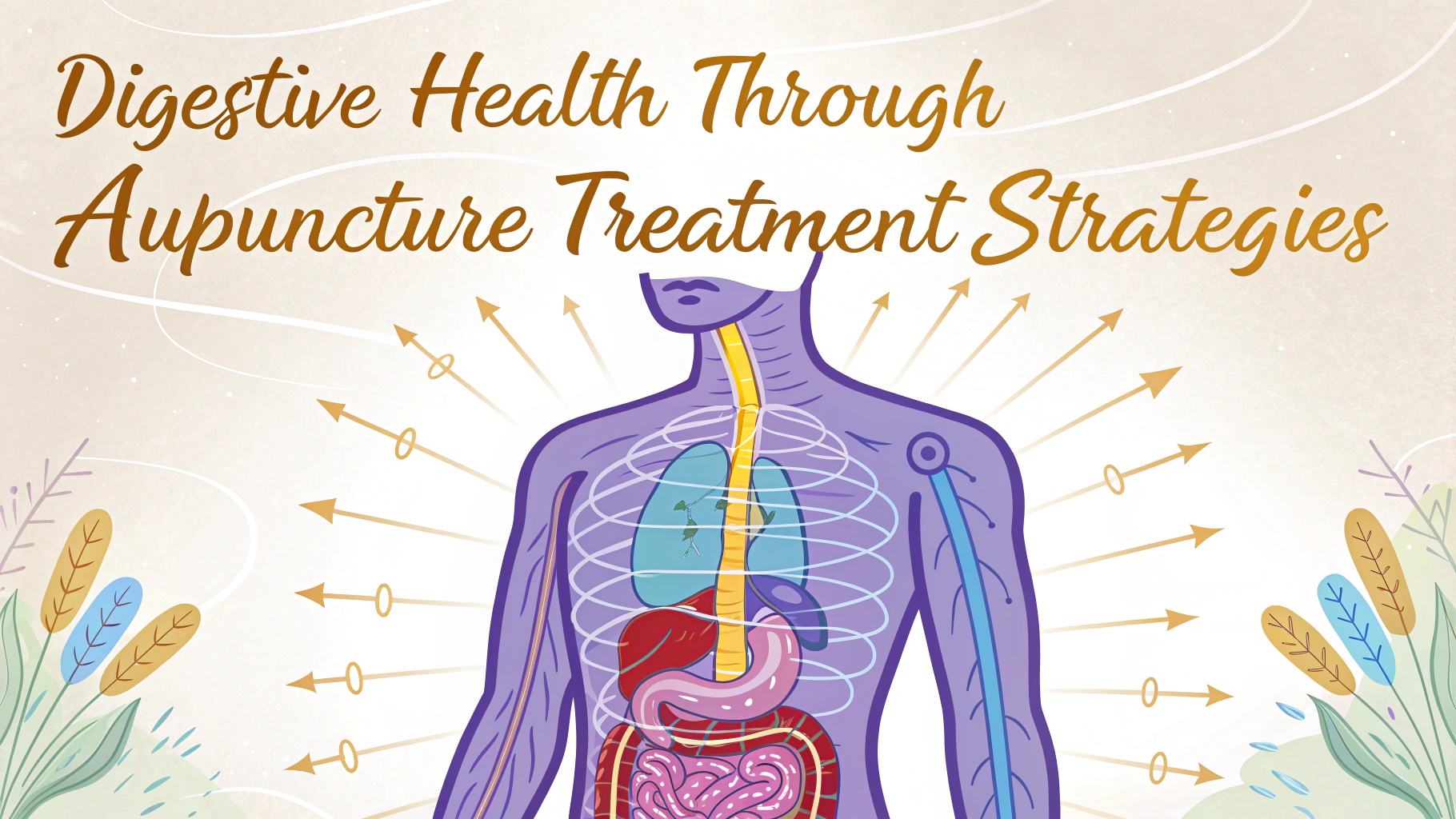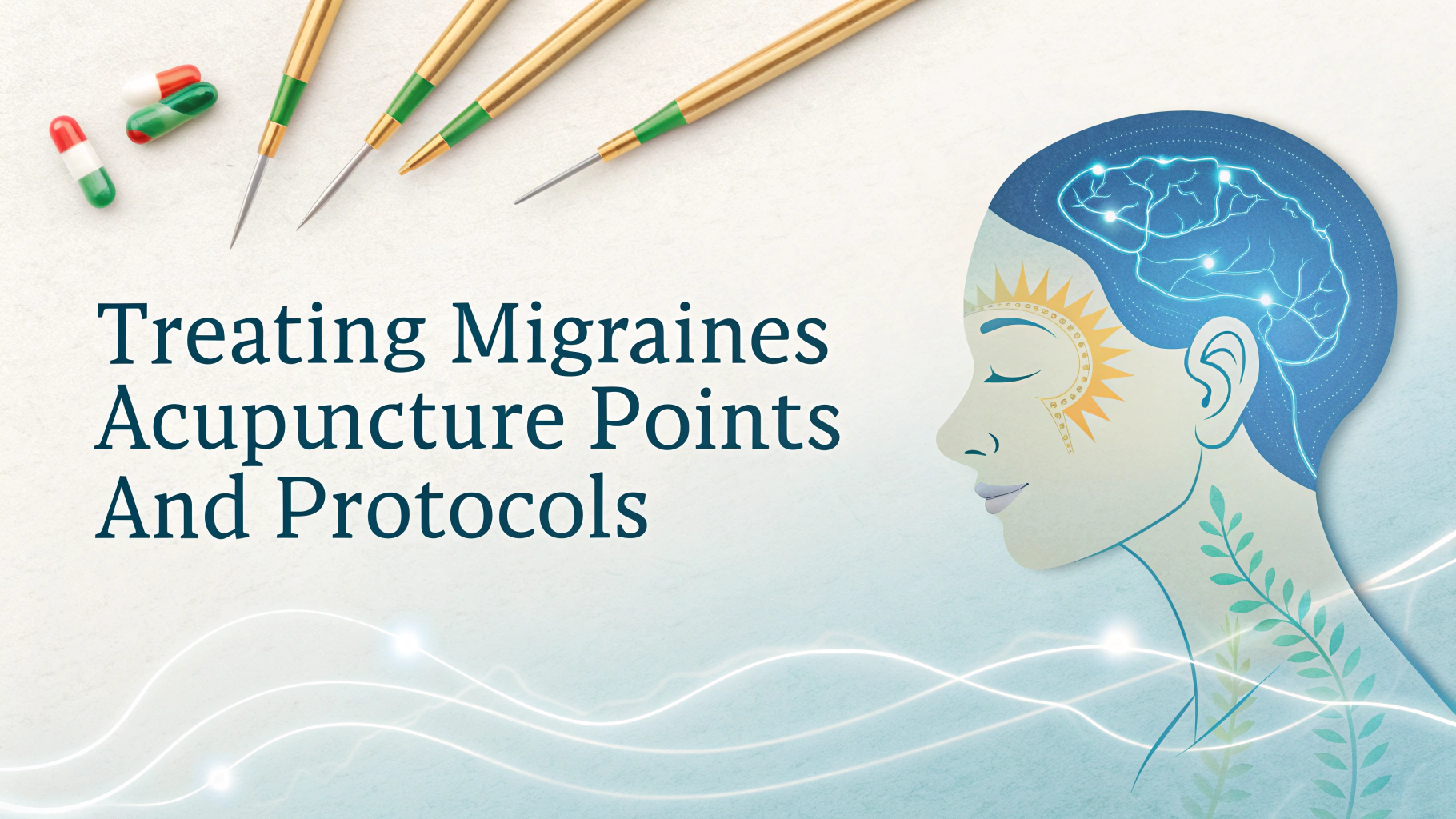Emergency acupuncture protocols provide rapid relief for acute conditions when immediate medical care isn’t available.
These specific point combinations, developed through centuries of clinical experience, can help manage pain, reduce anxiety, and stabilize various emergency situations.
Learning these protocols empowers individuals to provide temporary relief while seeking professional medical attention.
Key Emergency Acupuncture Points
- GV26 (Renzhong) – Located between nose and upper lip, helps with fainting and shock
- P6 (Neiguan) – Inner forearm, 3 fingers above wrist crease, relieves nausea and anxiety
- LI4 (Hegu) – Between thumb and index finger, addresses headaches and facial pain
- ST36 (Zusanli) – Below knee on outer leg, supports overall energy and digestive issues
Common Emergency Applications
| Condition | Points | Method |
|---|---|---|
| Fainting | GV26, ST36 | Firm pressure |
| Panic Attack | P6, HT7 | Gentle massage |
| Acute Pain | LI4, GB34 | Strong stimulation |
Safety Guidelines
Always seek professional medical help for serious emergencies.
Apply pressure gradually and stop if discomfort occurs.
Pregnant women should avoid certain points, particularly LI4 and SP6.
Essential Equipment
- Acupressure rings
- Point location charts
- Clean cotton swabs
- Antiseptic wipes
Professional Support
Contact the National Certification Commission for Acupuncture and Oriental Medicine (NCCAOM) at 1-904-598-1005 for certified practitioners in your area.
Local hospitals often maintain lists of licensed acupuncturists for emergency referrals.
Taking Action in Emergencies
Document the timing and nature of symptoms before applying emergency protocols.
Keep an emergency contact list including local acupuncturists and medical facilities.
Practice locating these points regularly to prepare for potential emergencies.
Next Steps for Emergency Preparedness
Consider taking a basic acupressure course from a certified instructor.
Create an emergency kit with point charts and basic supplies.
Share this knowledge with family members to ensure multiple people can assist during emergencies.
Treatment Duration Guidelines
Apply emergency acupressure for 3-5 minutes on each point, monitoring response.
Repeat treatment every 15-30 minutes as needed until professional help arrives.
Document all interventions and timing for medical professionals.
Documentation Requirements
- Time and date of symptom onset
- Points used and duration
- Patient response to treatment
- Any changes in symptoms
Advanced Protocol Considerations
Environmental Factors
- Ensure adequate lighting for point location
- Maintain comfortable temperature
- Create a calm atmosphere when possible
Patient Position
- Supine position for fainting
- Seated for anxiety attacks
- Side-lying for nausea relief
Empowering Emergency Response
Regular practice strengthens confidence in emergency situations.
Build a network of healthcare providers familiar with acupuncture protocols.
Stay updated with latest emergency acupuncture research and techniques.
Moving Forward with Integrative Emergency Care
Emergency acupuncture protocols serve as valuable tools in crisis management.
Combine traditional wisdom with modern emergency response systems.
Continue education and practice to maintain readiness for unexpected situations.
FAQs
- What is the Emergency Acupuncture Point Protocol?
The Emergency Acupuncture Point Protocol is a specific sequence of acupuncture points used to provide immediate relief in crisis situations, particularly for anxiety, panic attacks, and acute stress responses. - Which acupuncture points are most commonly used in emergency situations?
The most commonly used emergency points include Heart 7 (Shenmen), Pericardium 6 (Neiguan), Governing Vessel 20 (Baihui), Conception Vessel 17 (Shanzhong), and Large Intestine 4 (Hegu). - How quickly can emergency acupuncture take effect?
Emergency acupuncture can begin showing effects within minutes, though individual responses vary. Most people experience noticeable relief within 5-20 minutes of needle insertion. - Can emergency acupuncture be performed without needles?
Yes, acupressure can be applied to the same points in emergency situations. While perhaps not as potent as needling, it’s a safe alternative when immediate professional care isn’t available. - What conditions can emergency acupuncture treat?
Emergency acupuncture can address acute anxiety attacks, severe pain, acute asthma attacks, severe nausea, sudden dizziness, and acute stress responses. - Is emergency acupuncture safe during pregnancy?
While acupuncture can be safe during pregnancy, certain points must be avoided. Emergency treatment should only be administered by practitioners trained in prenatal acupuncture. - How long do the effects of emergency acupuncture last?
Effects typically last several hours to several days, depending on the condition treated and individual response. Follow-up treatments may be necessary for ongoing issues. - What should I expect during an emergency acupuncture session?
The session usually involves rapid point location and needle insertion, focusing on immediate symptom relief rather than the lengthy diagnostic process of regular sessions. - Are there any contraindications for emergency acupuncture?
Emergency acupuncture should be avoided in cases of severe bleeding disorders, during acute infectious disease outbreaks, or when there are skin infections at needle sites. - Can emergency acupuncture replace emergency medical care?
No, emergency acupuncture should not replace conventional emergency medical care for serious conditions like heart attacks, strokes, or severe trauma. It should be considered complementary care.
